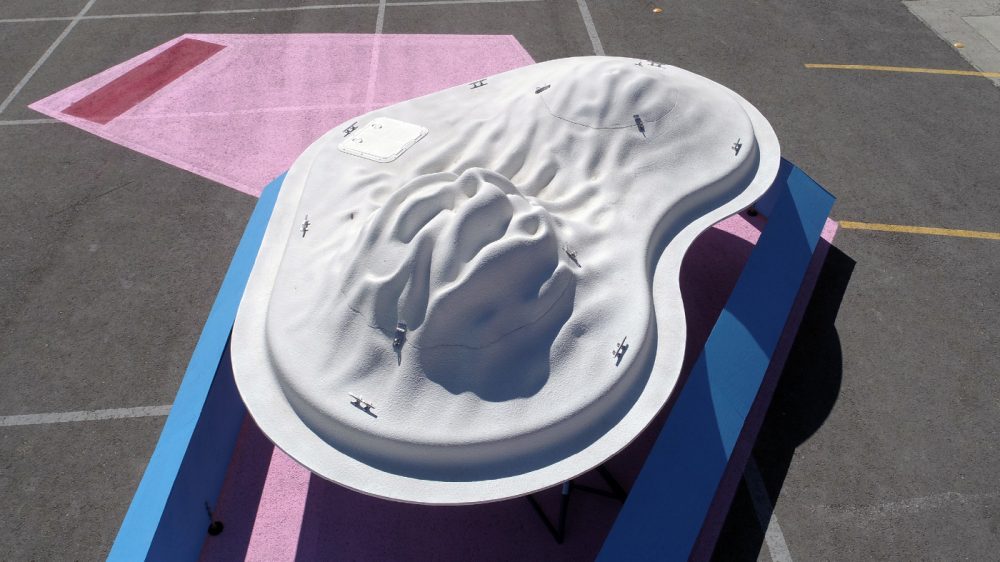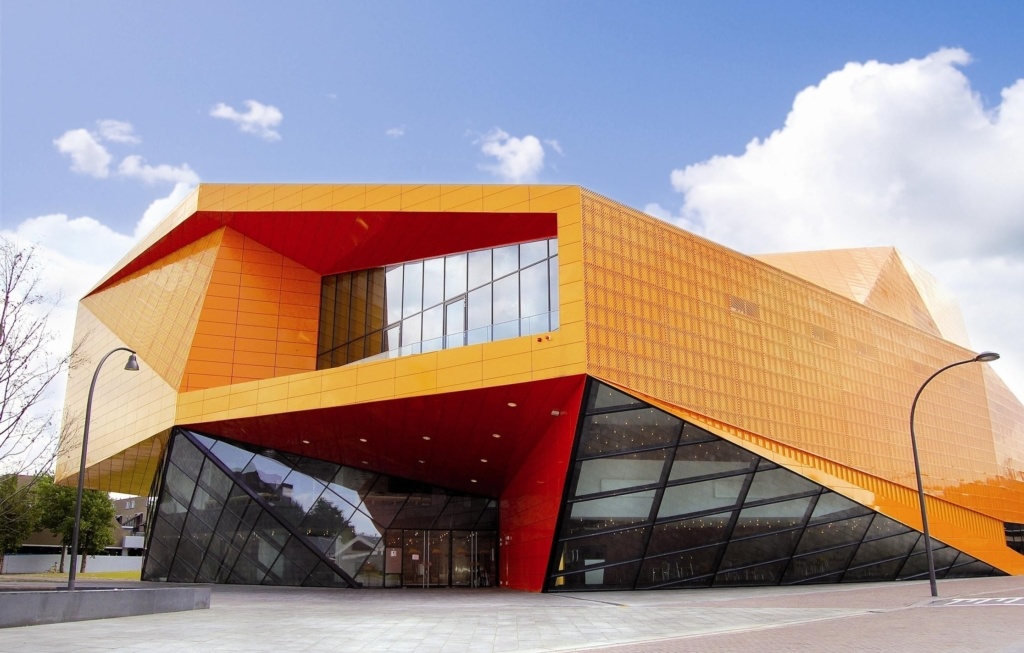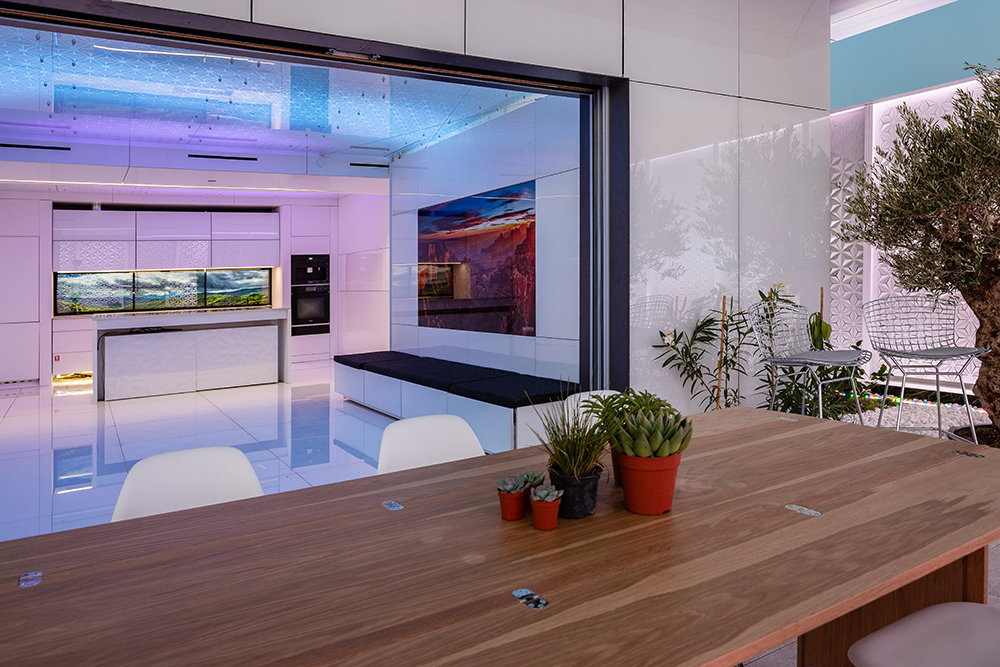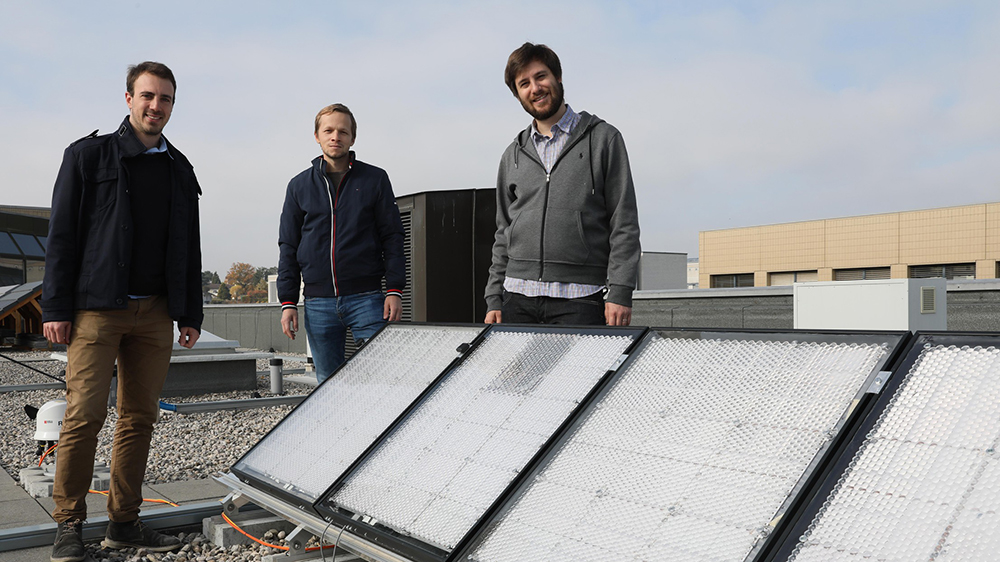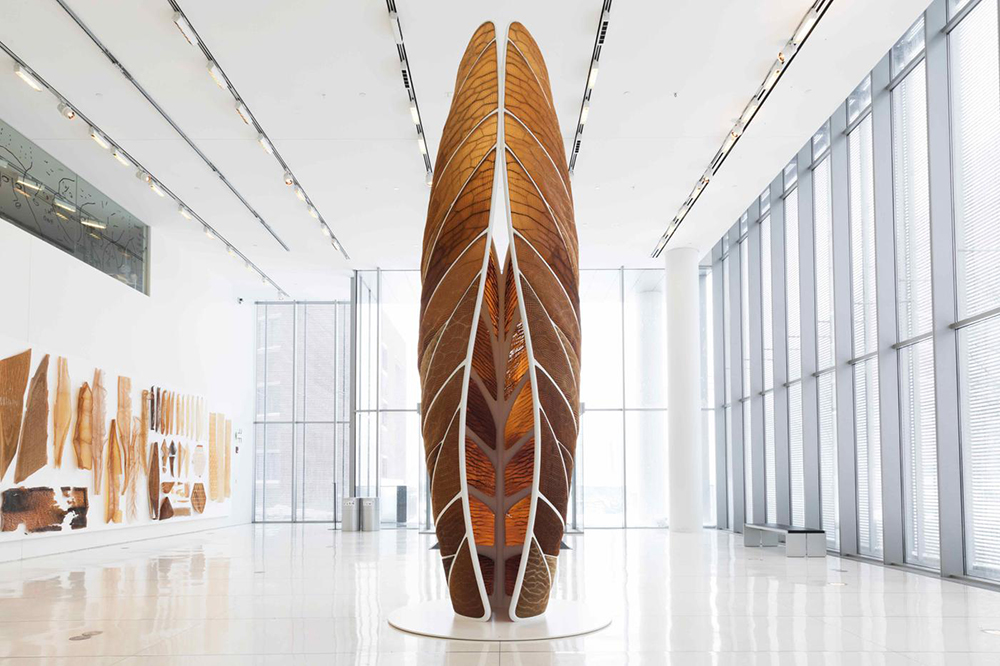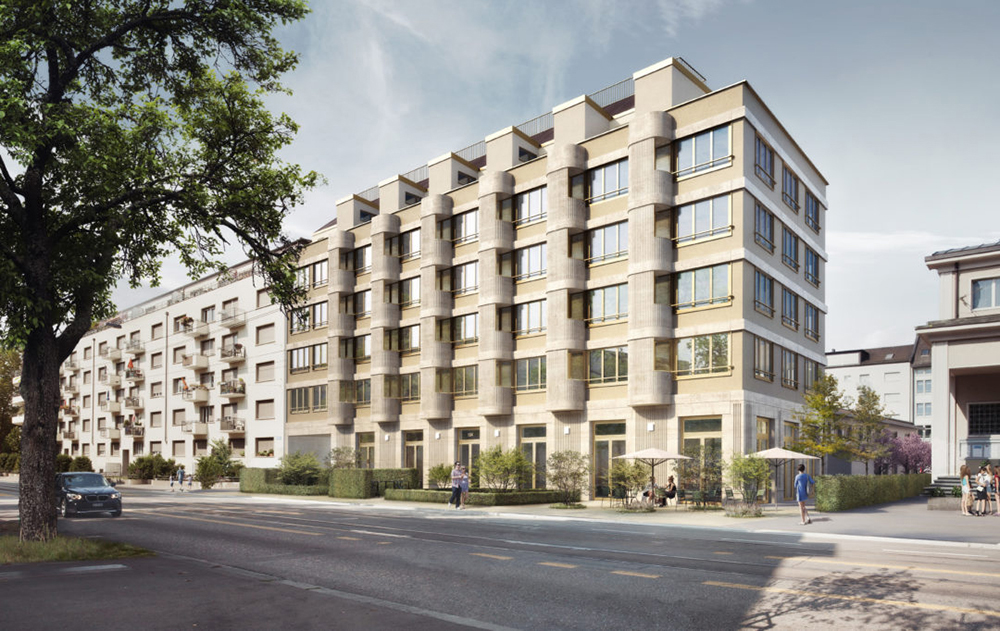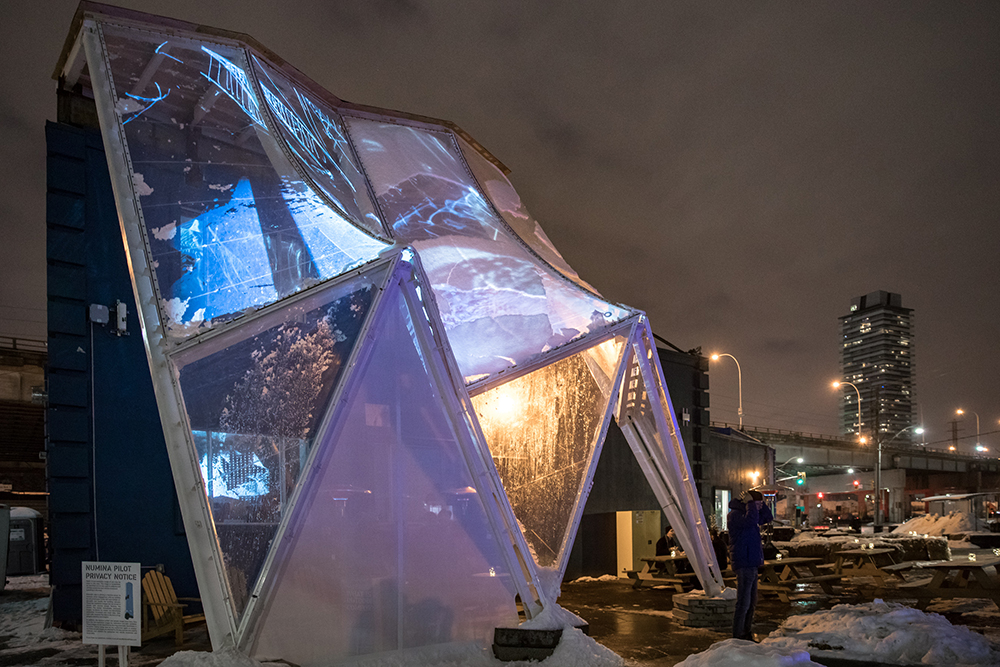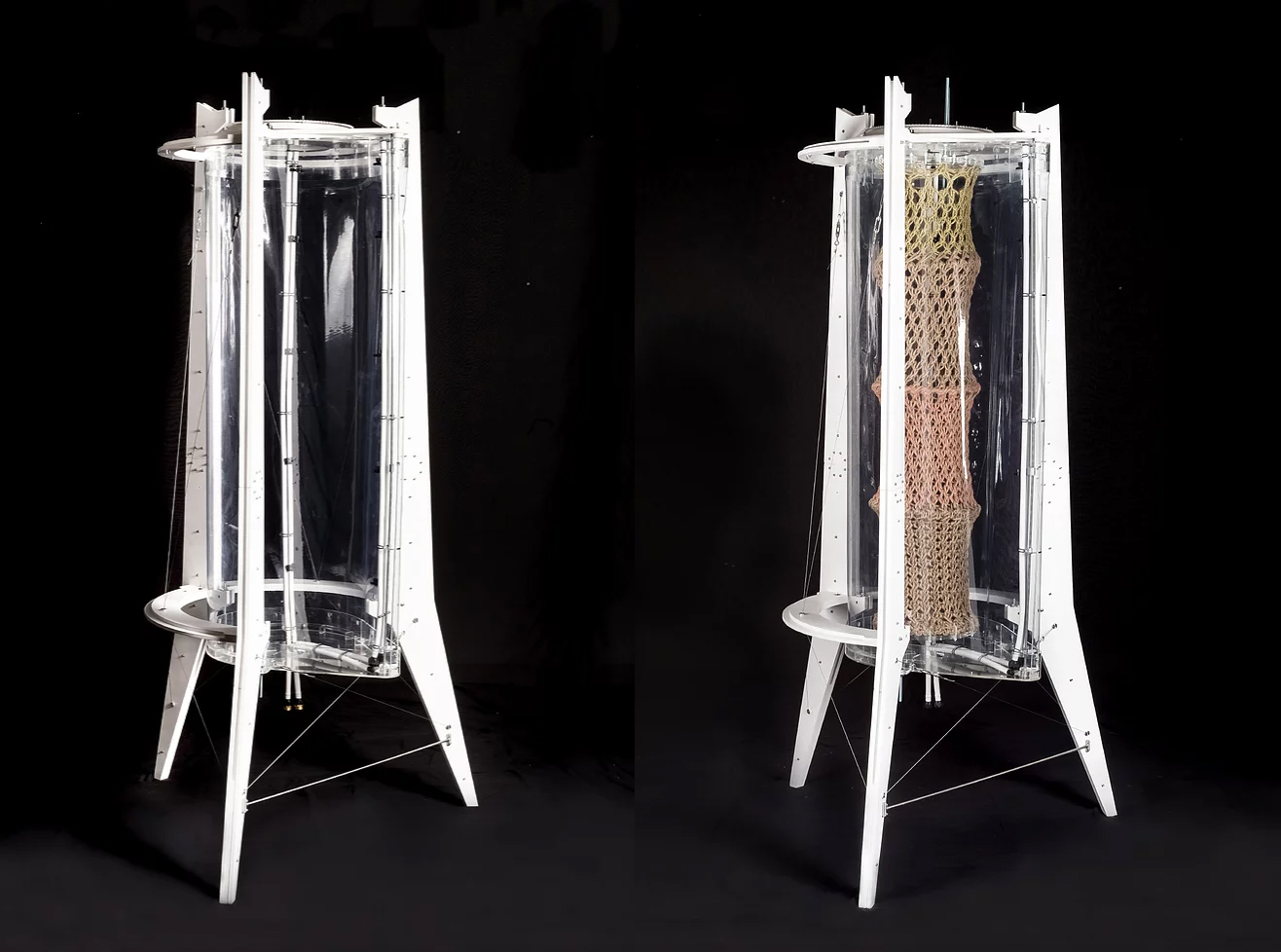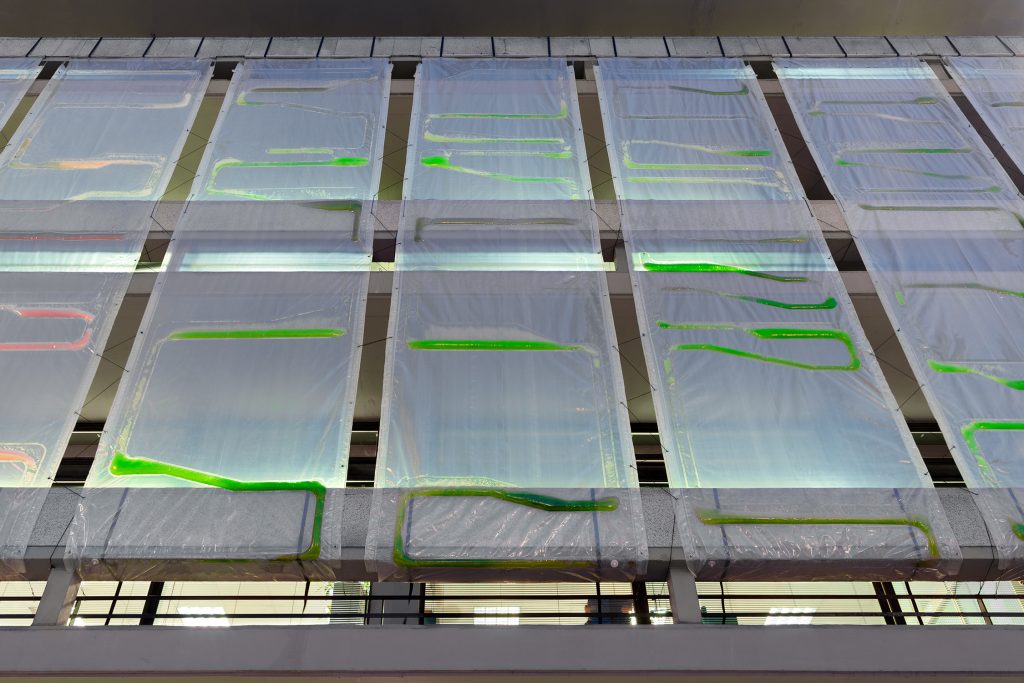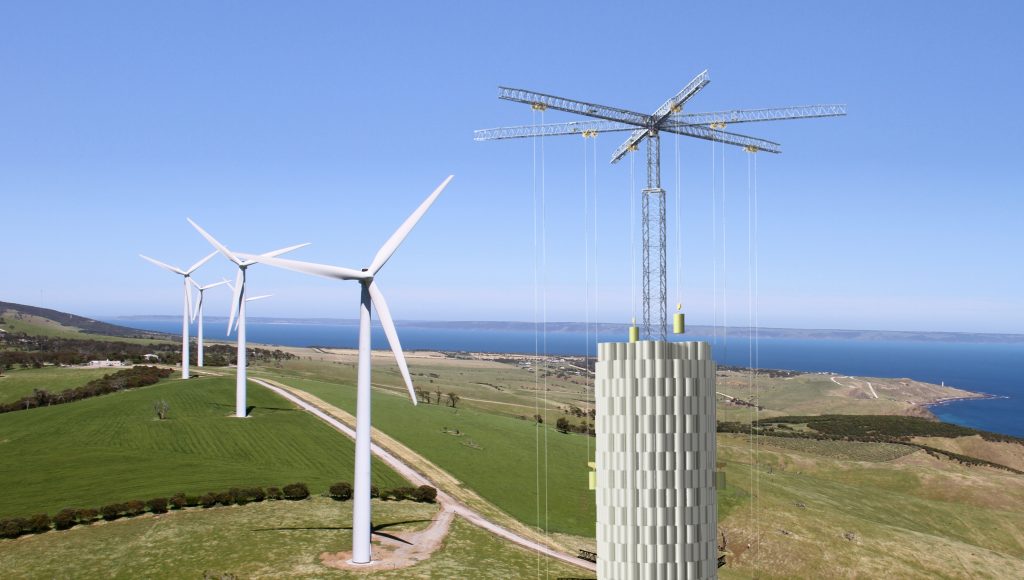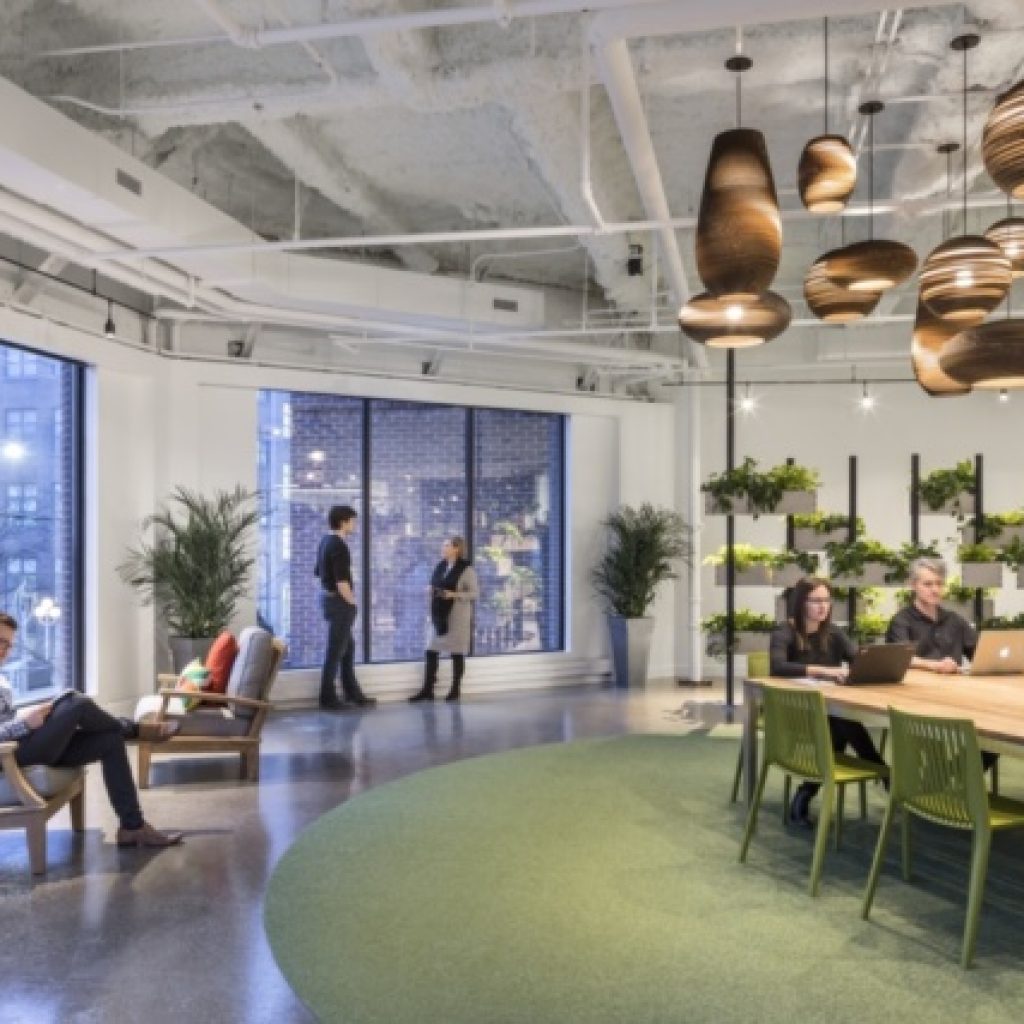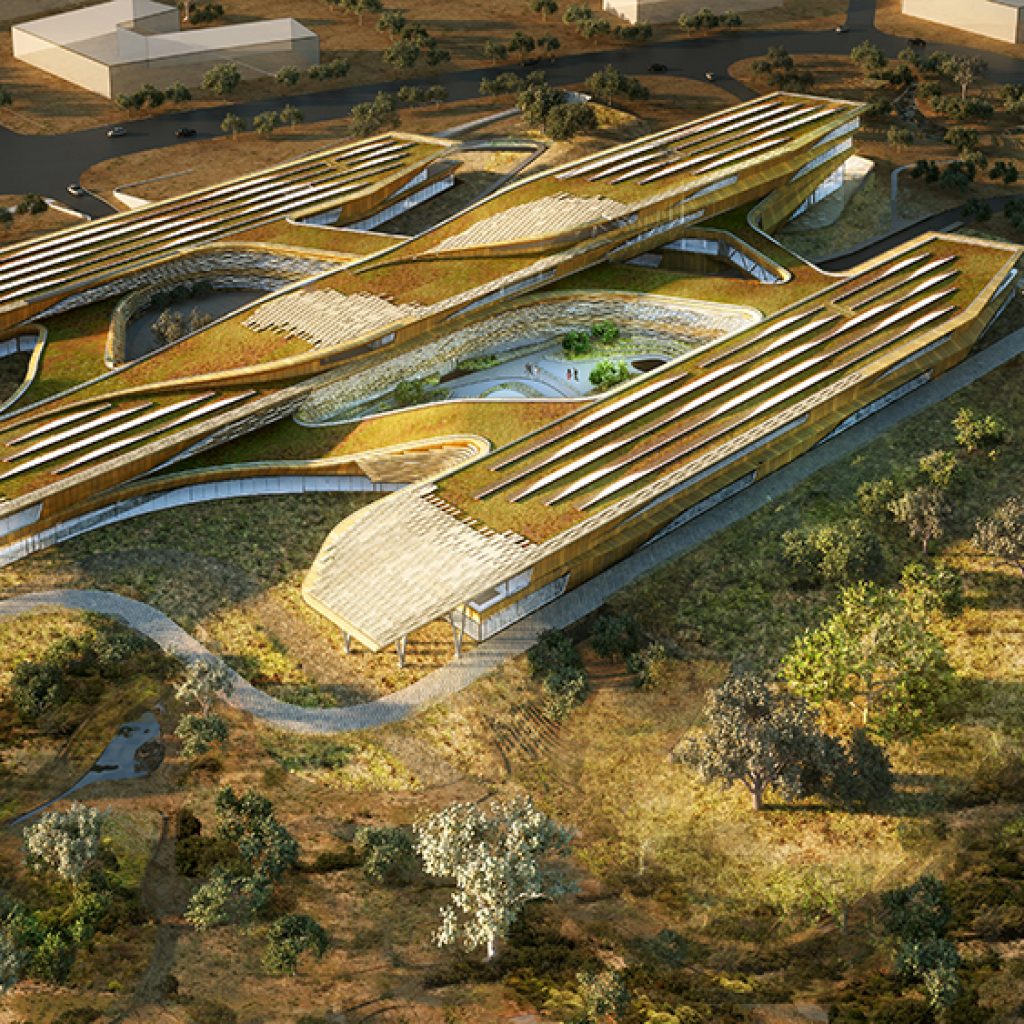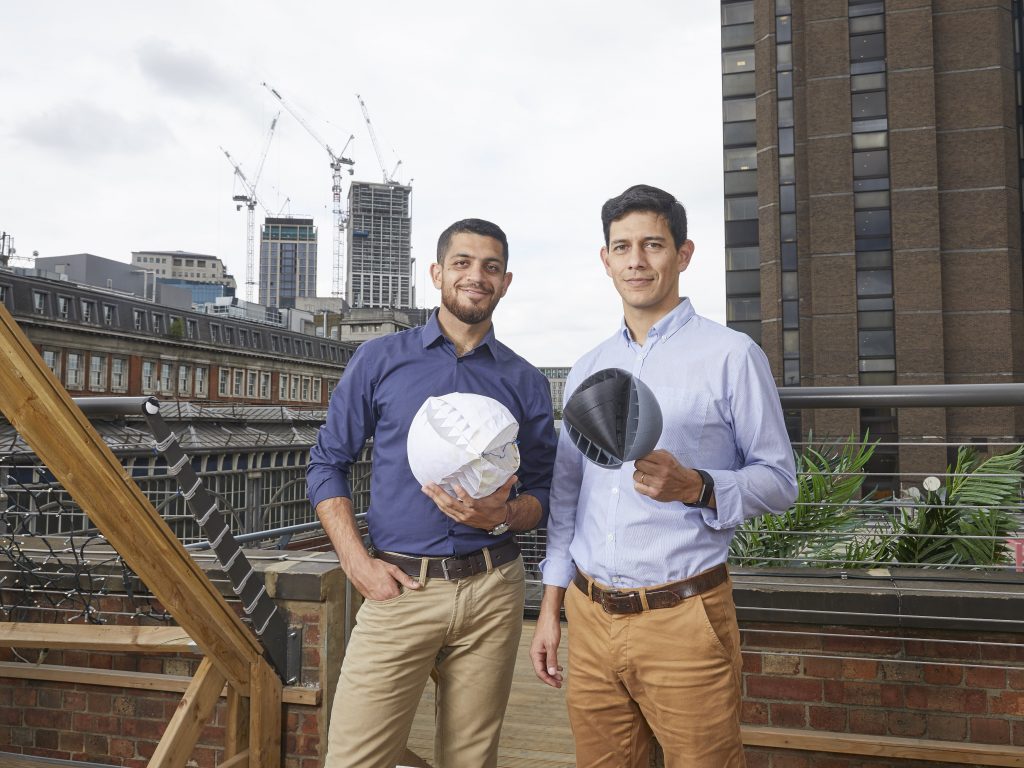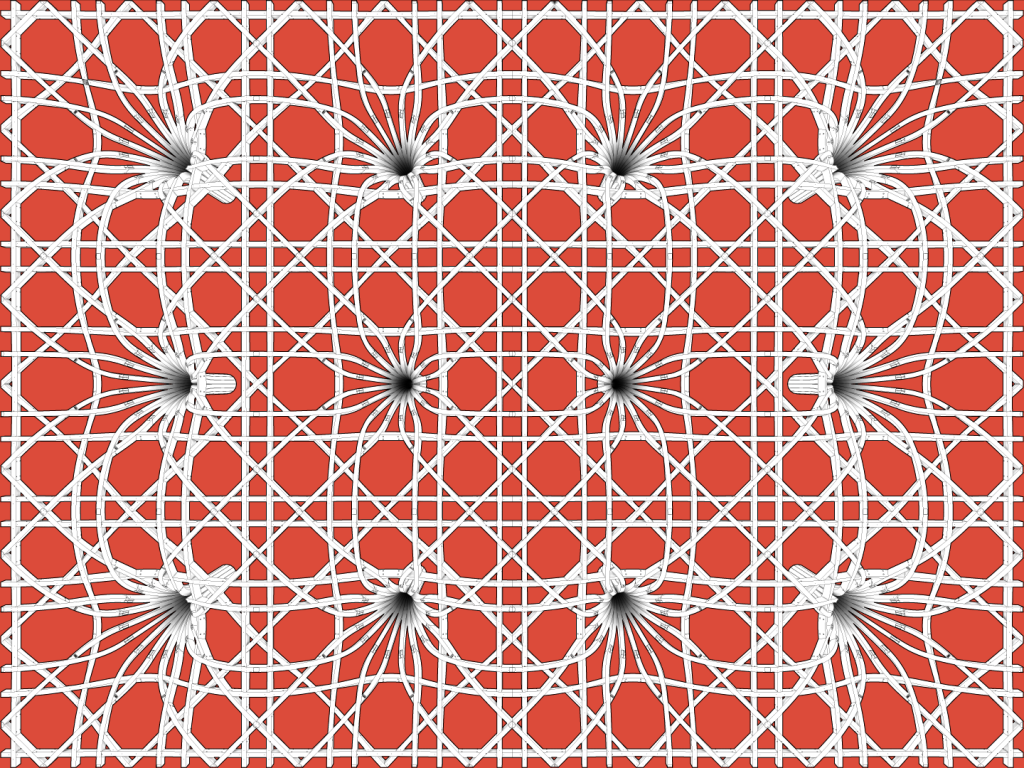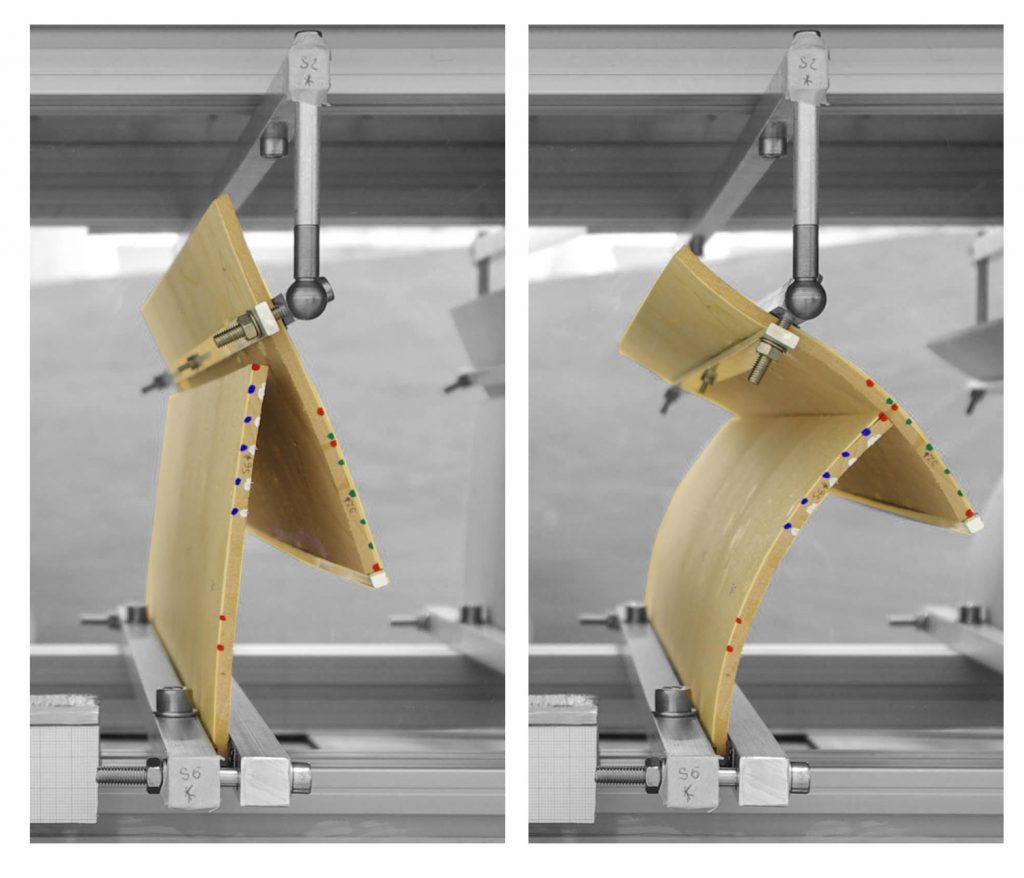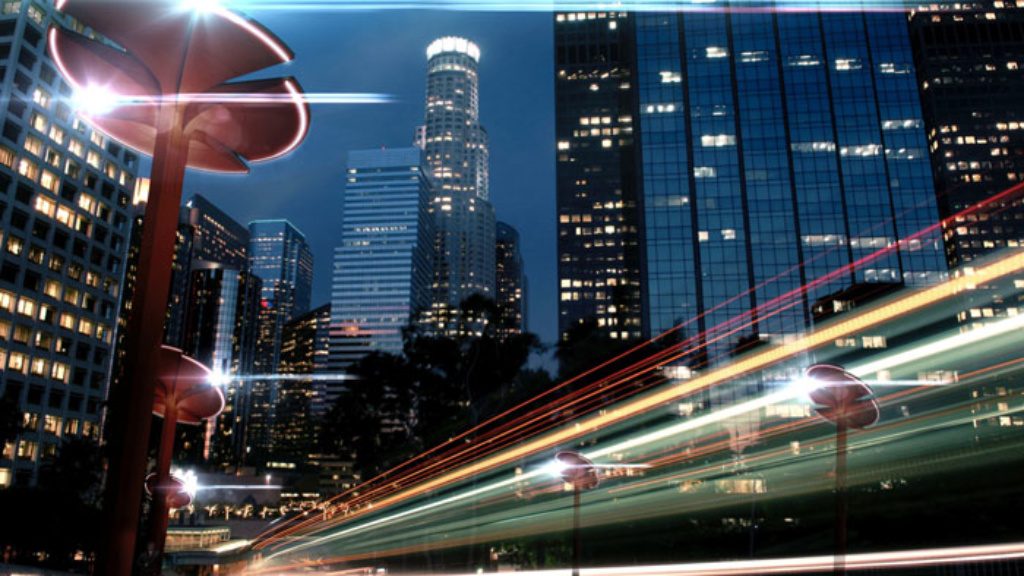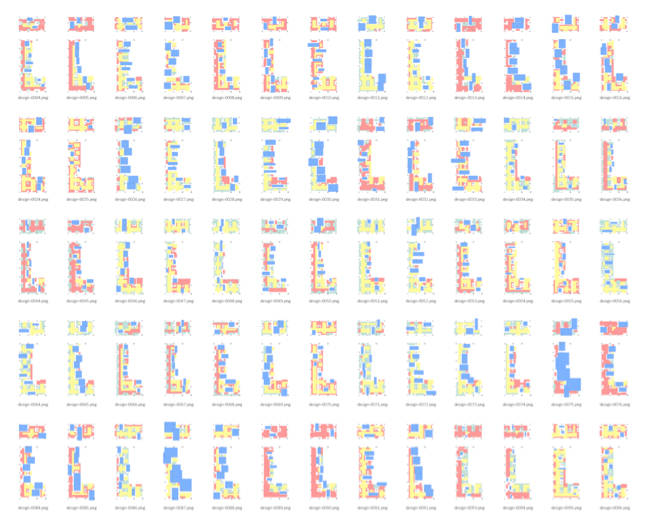For many, the future floats. Seasteaders, BIG’s floating city, the “Danish silicon valley” (at sea, naturally): in a time of rising tides, many are suggesting working with, or on, the ocean rather than against it. Add the Buoyant Ecologies Float Lab to the list. The 13-foot-by-8-foot object was designed by architects and designers Adam Marcus,
Human-driven climate change is threatening the coastal areas that nearly half of the world calls home with rising sea levels and increasingly severe storms. While dams, barriers, dredging, and artificial reefs are sometimes used to address these “forces of nature,” these strategies come with their own drawbacks and, in some cases, significant environmental and ecological
UNStudio has spun off its own startup, UNSense, to focus on architectural technology and large-scale design problems. “UNSense is completely dedicated to sensory and speculative design,” UNStudio cofounder Caroline Bos told the British publication CLAD, “It’s quite exploratory.” UNSense, according to the company’s website, “combines design thinking and data technology” to create solutions at the scales of buildings, neighborhoods, and
New housing is coming to Times Square, at least temporarily. The Virginia Tech team of students and faculty behind the FutureHAUS, which won the Solar Decathlon Middle East 2018, a competition supported by the Dubai Electricity and Water Authority and U.S. Department of Energy, will bring a new iteration of its solar-powered home to New
While solar panels have become increasingly common, the ones usually found on rooftops and the like can convert at most between 17 and 19 percent of received solar energy to usable electricity. This average yield has plateaued, increasingly only about 3.5 percent since the 2000s. More efficient panels are available, like those used on satellites,
Less than 10 percent of the billions of tons of plastic ever produced has been recycled, with much of it winding up in the Earth’s oceans where the plastic disrupts ecosystems and releases toxic chemicals. In response, researchers led by Neri Oxman of MIT’s Mediated Matter Group, which focuses on “nature-inspired design and design-inspired nature,”
“What if you could download and print a house for half the cost?” reads the lede for the Vulcan II, a 3D printer with a name suited for sci-fi space exploration, on the website of Austin-based company ICON. Now the company has put this claim to the test, building what it says is the first
A seemingly simple, six-story apartment complex is going up in Zurich, Switzerland, and is putting to the test a number of new technologies that showcase a more sustainable approach to new construction. The project, Hohlstrasse 100, is designed by Dietrich Schwarz Architekten and is rising next to an existing, two-story commercial space that’s also being renovated
Toronto is known for many great things. Its weather isn’t one of them. For the city’s architecture the question is: how can public, urban space be usable and comfortable throughout the year? The architecture collective PARTISANS thinks it might have an answer. Referencing the “maze of awnings…and glass arcades” that defined Toronto streets in the
“The way we cool our buildings right now is totally wrong,” said Indian architect Monish Siripurapu in a video produced the United Nations’ Environment program. The words are bleak, but arguably true; the electricity and hydrofluorocarbons most modern cooling systems demand ironically warm the planet overall while they cool our conditioned spaces. On top of that, with global temperatures
Bacteria often evoke a destructive image, with connotations of decay and illness. But like all living communities, as much as they consume, they also create (or, perhaps more accurately, excrete). And it’s this creative power that London-based architectural researcher Bastian Beyer is harnessing in his “Column Project.” With designer Daniel Suarez, Beyer has created solid, structural forms from
The ongoing threat of climate change and hazardous air quality in urban environments continue to foster sustainable elements within architectural design, ranging from the installation of photovoltaic panels to rainwater harvesting mechanisms. But what if a facade curtain could directly capture CO2? Responding to this challenge, London-based practice ecoLogicStudio, led by Claudio Pasquero and Marco Poletto, unveiled Photo.Synth.Etica at Dublin’s Climate Innovation Summit 2018. The large-scale
Over the last decade, the renewable energy industry has boomed due to the proliferation of new technology that is reducing the cost of construction and long-term operability. However, one critical problem still remains: storing renewable energy during lulls in wind speed or sun exposure is often prohibitively expensive. In response to this issue, Energy Vault, a subsidiary of California’s IdeaLab,
The MIT-based Mediated Matter Group, founded by architect and designer Neri Oxman, is well known for its groundbreaking explorations at the nexus of 3-D printing, design, and what Oxman refers to as “material ecology,” a term that covers projects ranging from a CNC-fabricated scaffold coiled with silk thread produced by 6,500 silkworms to a solid wooden chaise adorned
On September 25, The Architect’s Newspaper hosted its inaugural Tech+Workplace conference. Located in New York City’s Urban Tech Hub, the event brought together experts in the fields of office design, space planning, and facilities. Panels were split into three categories: Designing for Wellness, Designing for Performance, and Designing for the Future. Melissa Marsh, Founder and Executive director of PLASTARC and
New York’s SHoP Architects has created proprietary technology that is making it easier for them to organize materials during construction. During the construction of the Barclays Center from 2008 to 2012, the firm developed a novel iPhone interface capable of scanning facade components during fabrication, assembly, transport, and installation to keep an up-to-date digital catalog of the
Harvesting wind energy within urban environments remains a frustrating task. Wind tunnels created by increasingly prevalent tall buildings throw air currents in multi-directional gusts, rendering most conventional turbines relatively useless as they can only capture wind flows moving in a single direction. In pursuit of establishing an efficient tool for harvesting wind energy within cities,
In Cambridge, England, Marks Barfield Architects (MBA) is erecting a timber-structured mosque inspired by geometric design and landscaping found throughout the Islamic world. The Cambridge Mosque Project, founded by Dr. Timothy Winter in 2008, purchased the one-acre site in 2009. Allées of cypress and linden trees ring the mosque, which occupies a symmetrical 27-feet-by-27-feet grid. The
Chiara Vailati, a doctoral student at ETH Zurich’s Institute for Building Materials, has developed an adaptive shading system that functions without sensors or motors. The shading system is composed of multiple pairs of parallel wooden planks which open and close autonomously. The system can be installed as a type of pergola, or horizontally across a
Hot off of a flamethrower fundraising sale for Elon Musk’s side project, the Hyperloop tunnel digging The Boring Company, Musk has announced that the muck, rock, and detritus produced by the company’s tunneling would be turned into usable bricks. The first announcement from Musk came on March 26, when he tweeted that the rock mined from the company’s California test tunnels would be
Cove.tool is an energy vs. cost optimization software for the AEC industry. It offers users the ability to simulate the material performance of a building in its context by assessing energy against cost over a given period of time. It empowers architects, engineers, contractors, and owners to make better decisions about building by presenting cost
In a 2016 broadcast of NPR’s Fresh Air, author and cultural anthropologist Gretchen Bakke characterized America’s energy grid as “increasingly unstable, underfunded, and incapable of taking us to a new energy future.” Nevertheless, the steady march toward progress continues, and the threat of obsolescence is driving many cities, urban planners, developers, and businesses to invest in the
In my last column I explored the potential impacts of next-generation technology—particularly machine intelligence (also known as artificial intelligence or AI) and crowd-sourced knowledge—on the hegemony of professionalism for architects.
